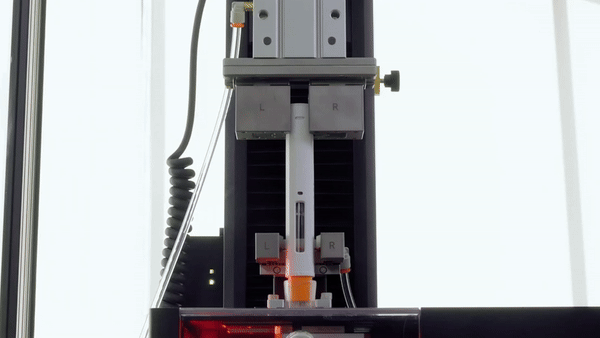Alignment
Tool
Instron | Autoinjector | Design | Patent: US20250290833A1
Overview
I developed a tool designed to align critical components in the Autoinjector testing load string. This innovation significantly reduces alignment time, enhances system consistency, improves data quality, and minimizes specimen rejection rates.
Solutions
Enhanced Alignment: Improved overall system precision through alignment features and GD&T.
Accessibility: Enabled quick system alignment by customers without requiring field service engineers.
Cost-Effective Design: Ensured the tool could be manufactured with minimal machining costs.
Simultaneous Alignment: Achieved alignment of three critical components in one operation.
Challenge
Customers experienced difficulty getting consistent, representative data due to vertical misalignment.
Design & Development
Concept Generation ❖ CAD ❖ Prototyping ❖ DFM
Analysis & Validation
FEA ❖ Design Validation Testing ❖ GD&T
Manufacturing
Material Selection ❖ Supplier Coordination
Communication
Cross-Functional Collaboration ❖ Client Interaction ❖ Documentation
Simplified Manufacturing
The alignment tool was intentionally designed to be straightforward, requiring only a few precise cuts on a stock rod using a lathe. This approach reduces both complexity and production costs.
Operational Efficiency
The initial proposal involved integrating alignment features directly into the system, which would have significantly increased material and labor costs. Instead, I focused on resolving the alignment challenge within the test space itself. By combining this tool with alignment features in the grips and cap removal base, all critical components can now be aligned simultaneously in under 15 minutes. This solution enables customers to perform alignment independently, reducing reliance on field service engineers and minimizing system downtime.
Final Product
Impact:
Reduced Alignment Time: From 4 hours to just 15 minutes (94% reduction).
Improved Accessibility: Made system alignment feasible for all customers.
Enhanced Data Quality: Increased consistency and reliability across systems.
Minimized Specimen Waste: Lowered rejection rates by ensuring proper alignment.




